Skibidi Toilet, Tralalero Tralala, the Eye of Rah and Chopped Chin may sound like utter nonsense to the untrained ear, but to those who are chronically online or even those who have barely scratched the surface, these words hold a place in everyday vocabulary. In 2024, Oxford University Press deemed their word of the year “brain rot.” According to their definition, brain rot is “[The] supposed deterioration of a person’s mental or intellectual state, especially viewed as a result of overconsumption of material considered to be trivial or unchallenging.” With the help of Generation Alpha, usage of the word has surged in the 2020s, being a commonplace on online platforms like TikTok, Instagram and YouTube.
Prior to the modern TikTok era of brain rot, the internet saw its fair share of pointless memes. One of the earliest cases of brain rot content was the dancing banana in the popular “Peanut Butter Jelly Time” song, which first graced the internet in 2002. Bouncing up and down on the screen and moving his arms with the rhythm, the banana says the same words repeatedly with no substantial meaning. In 2006, Major League Gaming (MLG) content first appeared online. Many nostalgic fans consider this one of the best eras of brain rot to date, even with its entirely nonsensical content in the eyes of others. Bright, flashing lights, loud screaming, Doritos, Mountain Dew and flickering crosshairs covered the screen. 2013 introduced the “dank meme” culture featuring deeply saturated colors and crude humor. “Pen Pineapple Apple Pen, ” or PPAP, was a song by Daimaou Kosaka that became one of the biggest phenomena of 2016. Two years later, Uganda Knuckles – a strange adaptation of the character from Sonic the Hedgehog – and Big Chungus – a fatter version of Bugs Bunny – would change internet vocabulary forever.
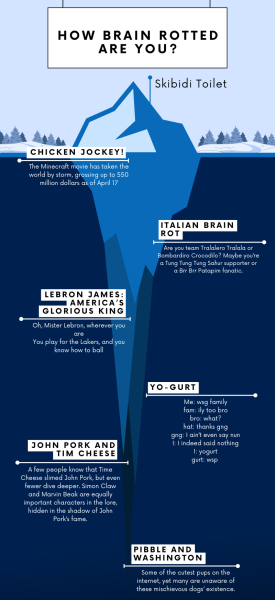
When the world went online in 2020 due to the COVID-19 pandemic, internet culture saw the largest shift in meme history. TikTok brain rot surged in popularity, introducing the world to new, popular characters like Quandale Dingle and John Pork. This newly popularized platform set the stage for modern brain rot culture, in time giving rise to recent memes like Skibidi Toilet, the Eye of Rah, Chopped Chin, the low taper fade meme and the Jonkler, just a few examples in the near endless web of characters. The culmination of TikTok’s greatest memes led to Oxford naming brain rot the 2024 word of the year, perhaps the most momentous occasion in brain rot culture.
Since the transition into 2025 brain rot, memes went into somewhat of a lull, and the aptly named “March Meme Drought” unfolded. While it initially started as a niche internet joke referencing a lack of new content, it quickly became a meme itself, propelling the memes of the present into fruition. After the “drought” ended, new memes began to emerge again, the most prominent featuring various senseless cuts from the television show Invincible where random and meaningless quotes would be repeated. Following this, a three-legged shark with blue shoes, a crocodile head on a bomber plane, a humanoid rod of wood with a baseball bat and various other AI-generated animal/object mashups known as “Italian Brain rot.” These strange yet entertaining memes quickly became the face of March and April.
Taking the world by storm, brain rot has consumed everyone in the farthest reaches of the internet and beyond. Seeing the evolution of trivial media and the vast overconsumption of this content among students, juniors Dillon Tyndall (‘26) and Samuel Combs (‘26) shared their thoughts and concerns regarding brain rot moving forward.
Both students acknowledged the grasp that internet brain rot has on their daily lives, yet their responses illustrate two starkly different perspectives. Regarding the effect it has, Combs jokingly stated that, “My dopamine receptors are probably fried.” While he chooses to focus on the mental impact and the change in enjoyment associated with the consumption of trivial media, Tyndall takes a different approach and rather said that, “I think brain rot has given our society one more thing to connect and relate to.” The ever-growing community associated with brain rot has added to the appeal, drawing in even more viewers as they almost religiously check in, waiting to discover the next big meme.
The sense of discovery that comes along with discovering new content often adds another level of perceived enjoyment. “It gives me a sense of accomplishment and pride to stumble upon a new form of brain rot at its creation post,” Tyndall says. From the birth of a new meme to its internet expansion, following the complex and continuously growing web of internet characters may seem daunting, but the thrill of discovery keeps many users coming back.
Though both students embody two very different effects of brain rot in our society, they share similar concerns regarding the future of social media. Combs describes the lack of substance as a concern. Citing his father and other adults, he discusses the many concerned individuals who worry about the hollow forms of entertainment today. Similarly, Tyndall claimed, “One concern I have for the rise in media consumption is the corresponding lack of quality in posts.” While Combs is concerned in terms of the potential effects on Generation Alpha and the subsequent younger population, Tyndall is perturbed by how the devolution of quality may come to impact his enjoyment as a consumer.
While the ever-evolving brain rot culture has given root to an entire community with its own dialect and niche references, lack of sleep and a considerably degraded attention span have plagued our online community as well. As we continue to study the effects of overconsumption, our response must change accordingly. However, it has now been a part of the digital society for a considerable time, so it is unquestionable that brain rot will remain a social media staple for the foreseeable future.





























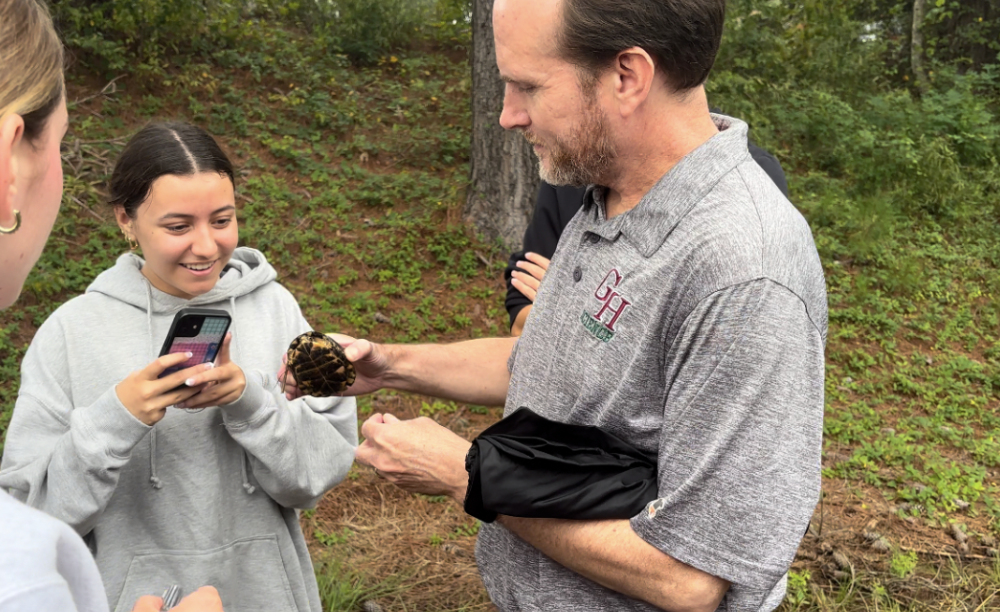










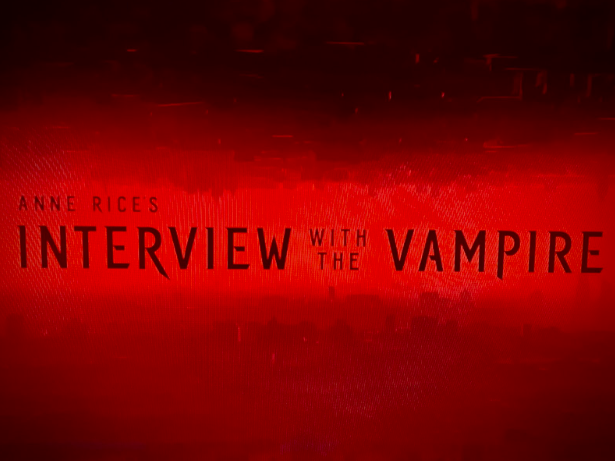









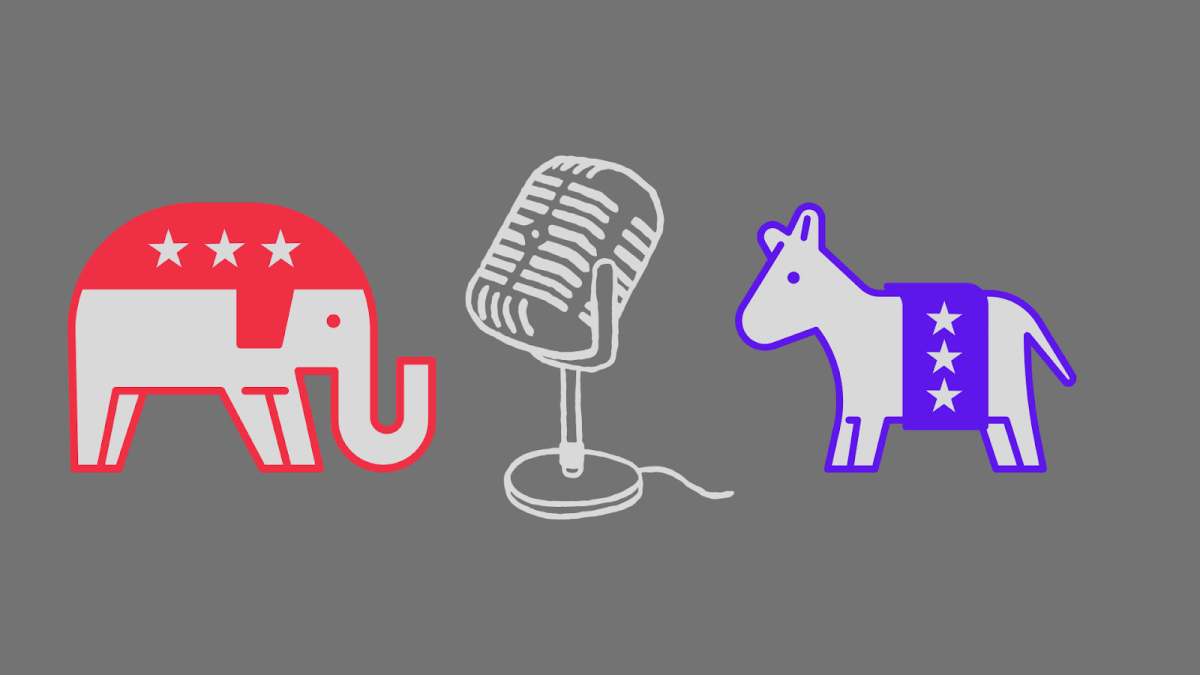

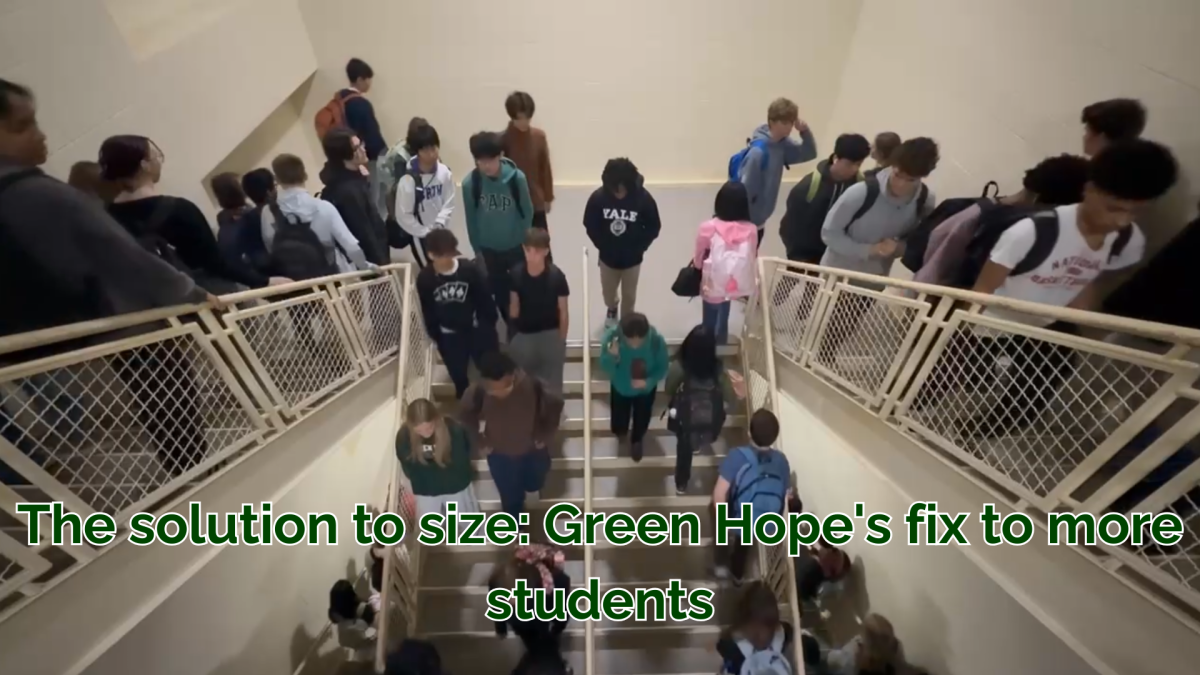



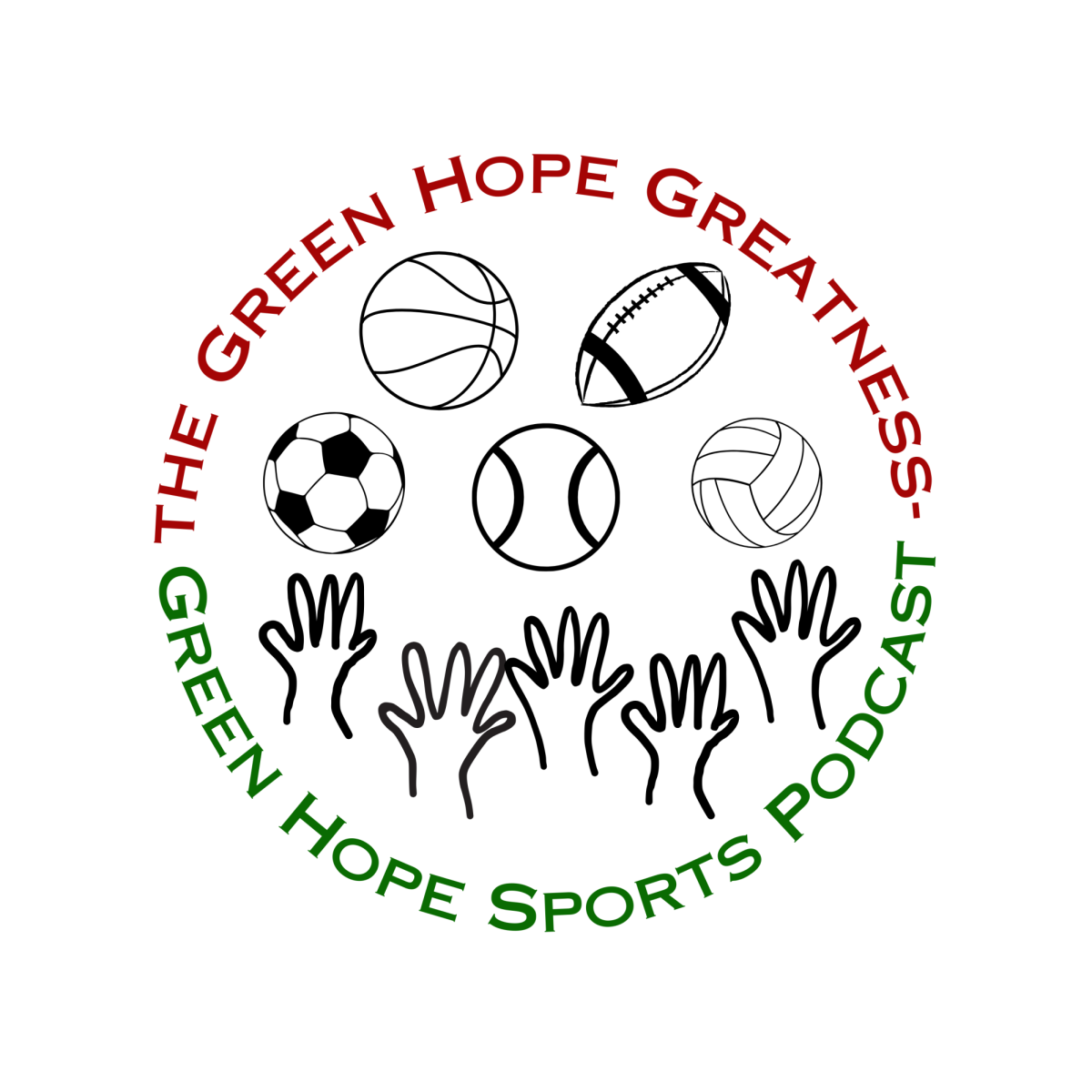



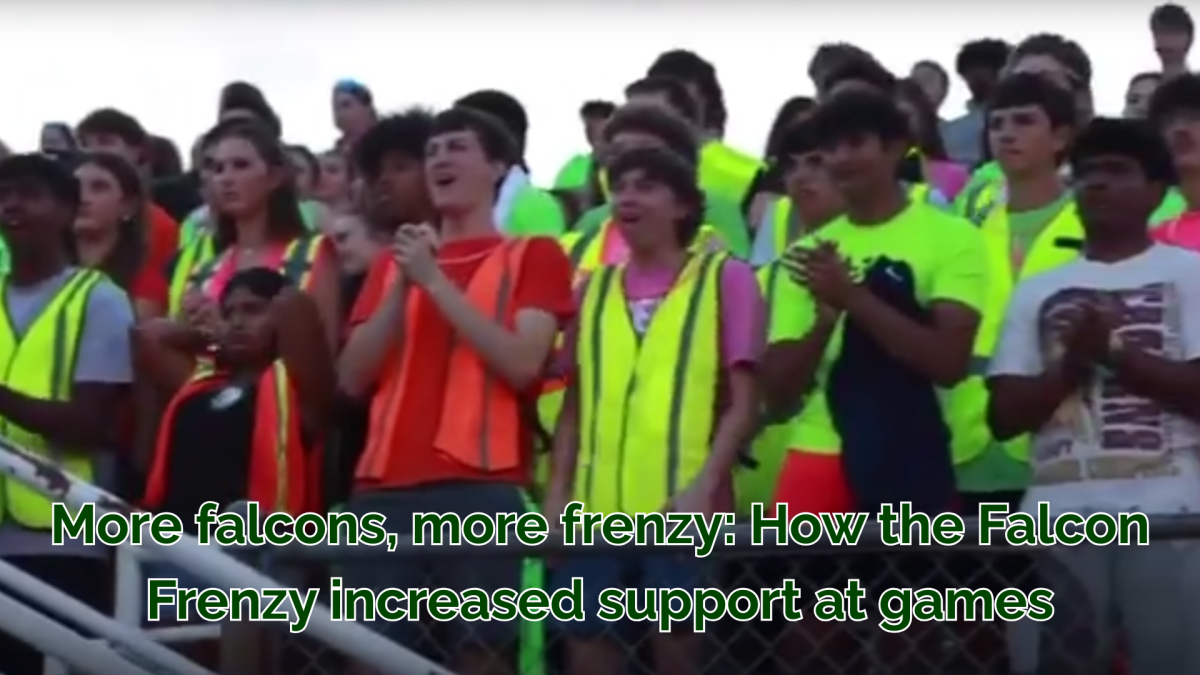
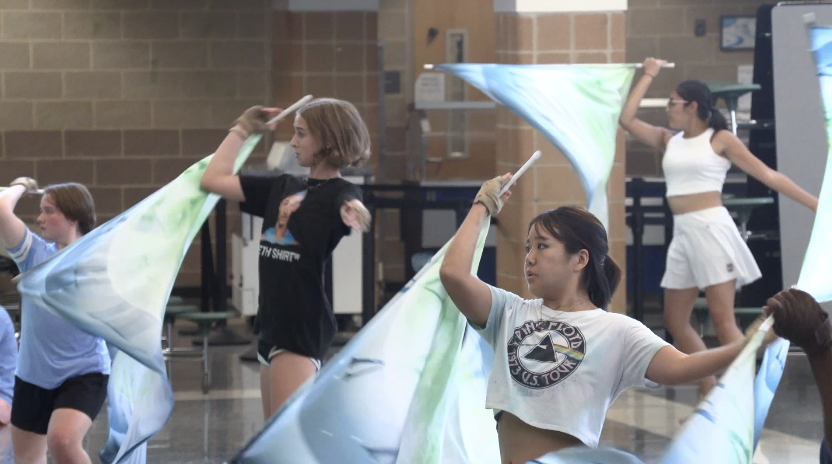













Aditi Bhadauria • May 2, 2025 at 8:45 am
This is very well-written and informative! Great work.